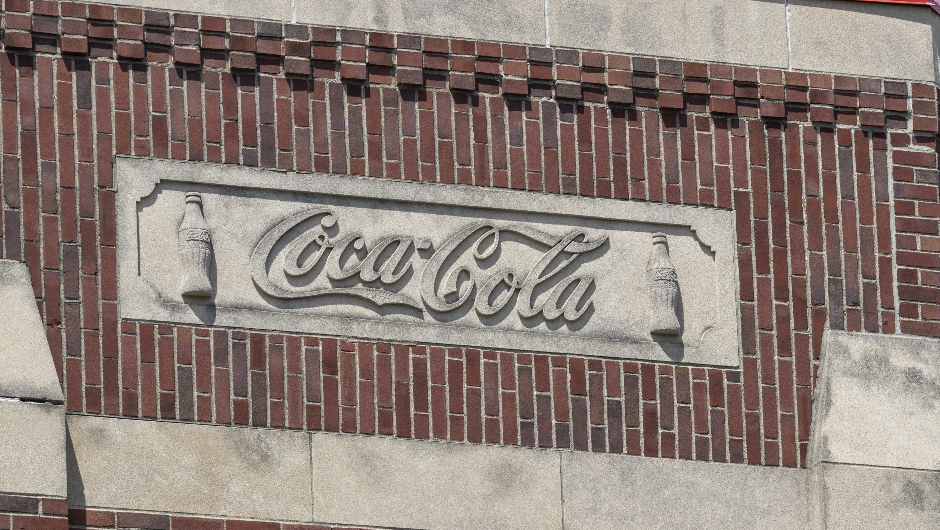Coke innovation passes Covid test

Coca-Cola entered the pandemic having recently launched a state-of-the-art global cash flow forecasting system. This technology and process initiative has proved its worth in the face of 2020’s unprecedented challenges.
Coca-Cola’s award-winning global cash flow forecasting system faced its sternest test yet this year as the Covid-19 pandemic disrupted supply chains and sales channels, causing significant drops in revenue and cash flow, payment delays and rising DSOs.
In this challenging environment, would the innovation (a ‘dashboard’ that combines Oracle’s Hyperion Cash Flow Forecasting module with Microsoft’s PowerBI) hold up? Could it continue enabling the US soft drinks titan to consolidate cash flows from its 300 legal entities around the world (deriving from sales of over 500 brands of soft drink in more than 200 countries) – and providing it with much enhanced visibility of its cash, as well as significant additional net interest?
It could, and did. According to Jim Aschmeyer, Director of International Treasury, Coke’s old Excel-based approach would not have coped with 2020’s demands for timely, actionable information.
“By leveraging technology with Hyperion and Power BI, our leadership has push-button access to cash flow forecasts, with particular focus on Cash From Ops, Capex, and Free Cash Flow. And this information can be obtained at a consolidated company level, at the different Regional Groups or at a specific legal entity level (for Top 50 entities)”.
The old approach required a significant amount of time and energy, yet its results were not reliable. Nor was it transparent how forecasts were derived.
“We are fortunate that we had already designed and subsequently moved to this smarter approach with Hyperion and Power BI in 2019, which we were then able to put to the test as we moved remote and uncertainty spiked with the onset of COVID,” concludes Aschmeyer.
Better with less effort
This effort led Coke to reshape both the technology and processes it uses to produce its forecasts for local and global cash flow. The new system receives forecast submissions from the blue-chip’s 50 largest legal entities. These account for some 95% of its global cash flow ($7.3 billion last year); they also include Coke’s most cash-constrained units.
Forecasts for the remainder are generated by algorithm.
“The concept we’ve been going for is to simply get better information with less effort, leveraging key technologies as the foundational enabler. That’s always been one of the driving principles,” notes Aschmeyer.
He recalls characterising the goal of Coke’s earlier efforts in this area as ‘twice the quality in half the time’. “We’ve finally made a significant leap at achieving this critical objective.”
This shift has led to a significant reduction in variances between actuals and forecast cashflow for many geographies. In Brazil, for example, variance on its 90-day forecast declined from 25-30% to 10%.
Moreover, the variances are declining as regional forecasters improve their processes to ensure strong collaboration around key cash flow drivers. “It’s that age-old equation – people/process/technology,” says Aschmeyer. Continued improvements with any of these levers will further drive cash flow forecasting accuracy, he notes.
Coke’s treasury team distributes a Power BI link to the company’s latest Quarterly Cash Flow Forecast (its full-year forecast is updated quarterly) to all of its senior finance leaders. “As soon as we get it, we lock it and send it.”
Recipients include CFO John Murphy and treasurer Chris Nolan. “They have this simple dashboard that can then be used to help make planning decisions at the leadership level.”
Process improvement
Despite its strengths, the system is “not perfect”, Aschmeyer concedes. “We’re trying to get a better process to continue the improvement in forecasting accuracy. We’ve seen big improvements in various geographies and it is clear to us how to continue making forecasting gains.”
The company’s complex structure, with some 13 consolidated bottlers and more than 200 franchised ‘bottling partners’, makes these efforts vital. The bottlers have significant working capital needs due to their high capex.
While the new system is a technology solution, it has also prompted better communication across all of the functions feeding into the system. These comprise Group Controllers, Shared Service Forecasters and some others (“not too many involved, just the right ones,” comments Aschmeyer).
He terms this “that last final piece”. “We had quickly discovered that communication is a key piece of the puzzle,” he notes, characterising the company’s response as “build[ing] simple communication routines to make sure the most critical information is getting to the forecasters, who can now put it in this very eloquent system of ours.”
Analytics to come
Since its Treasury Excellence award last year, corporate peers such as Accenture, Nike and Shell have made contact to discuss the system with Coke’s treasury team and share insights. “They learned from us and we learned from them. We’ve got things that they haven’t done yet or they’re doing things that we haven’t gotten to yet,” notes Aschmeyer.
Peers have made more progress in the areas of artificial intelligence and predictive analytics. Coke expects to turn its focus here once it has honed the core forecasting task further.
Already, though, the system’s analytic potential is underscoring treasury’s rapidly growing need for skills in this area. This is impacting Coke’s approach to hiring new treasury team members, Aschmeyer reveals – including graduate recruitment.
Previously treasury professionals at the company would emphasise skills in Excel in these conversations. Now it has shifted focus. “We ask ‘do you know business analytics, do you know Power BI, how well do you do Power BI?’ That’s a fundamental shift in what businesses need.”